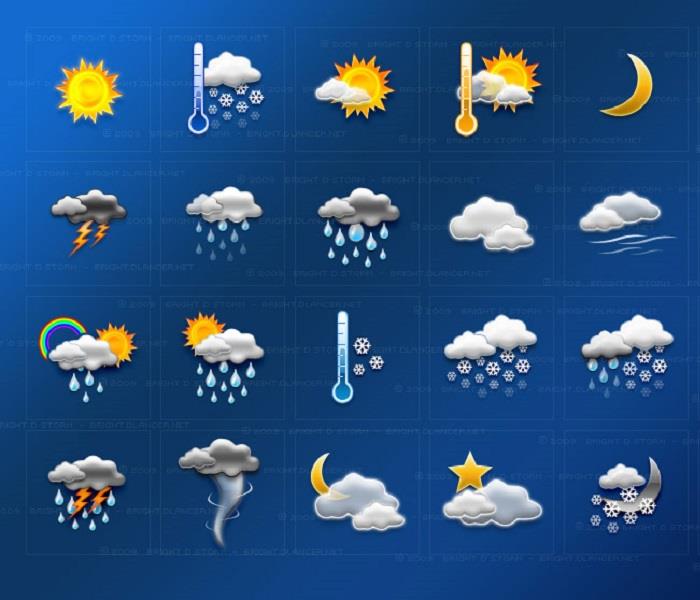A Recap of Long Island's Year in Weather
12/31/2014 (Permalink)
Reprinted from Newsday
Record rainfall on one August day this year may not have had an Islandwide impact, but it stands out to meteorologists as one for the textbooks, as well as the top of Long Island's 2014 weather highlights list.
"Meteorologically, it was almost unbelievable . . . I'm still amazed," Jeffrey Tongue, National Weather Service meteorologist, said of the 13.57 inches of rain that fell at Long Island MacArthur Airport Aug. 12-13. The deluge broke the state's previous 24-hour record of 11.6 inches falling in Tannersville when Tropical Storm Irene swept through in 2011.
That torrent headlined a 2014 that also included the dramatic temperature swings of January and February and a stretch of snowstorms that seemingly would not end, along with a mild summer that did not see any 90-degree days.
As for that 24-hour August rainfall -- deemed a 200-year storm event by the Northeast Regional Climate Center -- 5.34 inches alone fell from 5 to 6 a.m. on Aug. 13 at the airport, followed by another 4.37 inches the following hour, according to the climate center. They may have come back to back, but each is considered a 500-year event, said Jessica Spaccio, a climatologist with the center, based at Cornell University. That means that hourly rainfall of such magnitude would be expected just once in a 500-year period.
Working the morning shift that day was David Stark, a weather service meteorologist based in Upton, who knew significant rain was coming as the weather service had been issuing flash flood watches and warnings. But when he saw the magnitude, he thought, "Whoa. Is this really happening?"
At play, Stark said, was the convergence of several factors -- an atmosphere "loaded with moisture," along with mechanisms, including a micro-scale low pressure area,that lifted up the warm, moist air, which was then wrung out over central Long Island, where the whole system had stalled.
The result was "a traffic nightmare," he said -- flooded streets, stranded motorists, full-to-partial closures of major roadways, as well as flooded yards and basements and the opening up of various sinkholes. Impacted primarily was a diagonal strip from the southwestern tip of Suffolk up to around the Coram area, he said.
Affecting the entire Island and over a much longer time frame was a pattern early in the year of frigid days, some wide temperature swings and, at one point, snowstorms coming through like clockwork every few days.
January's snowfall at the airport amounted to 25.2 inches, a far cry from the norm of 6.7 inches, according to weather service data, with February seeing 24.5 inches compared with the 7.1 inch norm.
Since 1984, Long Island's weather records for the airport in Ronkonkoma have been kept by the weather service. From 1949 to 1983, the records were maintained by the Brookhaven National Laboratory in Upton.
January alone saw 16 new daily records -- mostly for snowfall, low temperatures and lowest maximum temperatures, as well as one for a daily high. The airport saw a temperature plunge from 55 degrees on the morning of Jan. 6 to just 7 degrees some 24 hours later, the weather service said. Then in February, there were six snowfalls between the 3rd and the 18th alone. It was "a very active wintry pattern," Stark said.
It was also the year that news outlets discovered -- and in some cases hyped -- the term "polar vortex," which is a staple of meteorologists' vocabulary, referring to the orientation of the jet stream. When the jet stream dips south, polar air comes along with it, he said. "It took us a little by surprise" that the term "became such a thing," Stark said.
During the summer, hot weather lovers had a little disappointment when the airport did not record one day that hit 90 or above. The last time that the mercury crossed that threshold was July 20, 2013, making this stretch the second longest run of no-90-degree days in the past 30 years.
The record 90s-free period lasted nearly two years, from July 6, 2003, to June 13, 2005, the regional climate center said.
To beat that record, the temperature would need to stay below 90 through June 30, 2015.




 24/7 Emergency Service
24/7 Emergency Service
